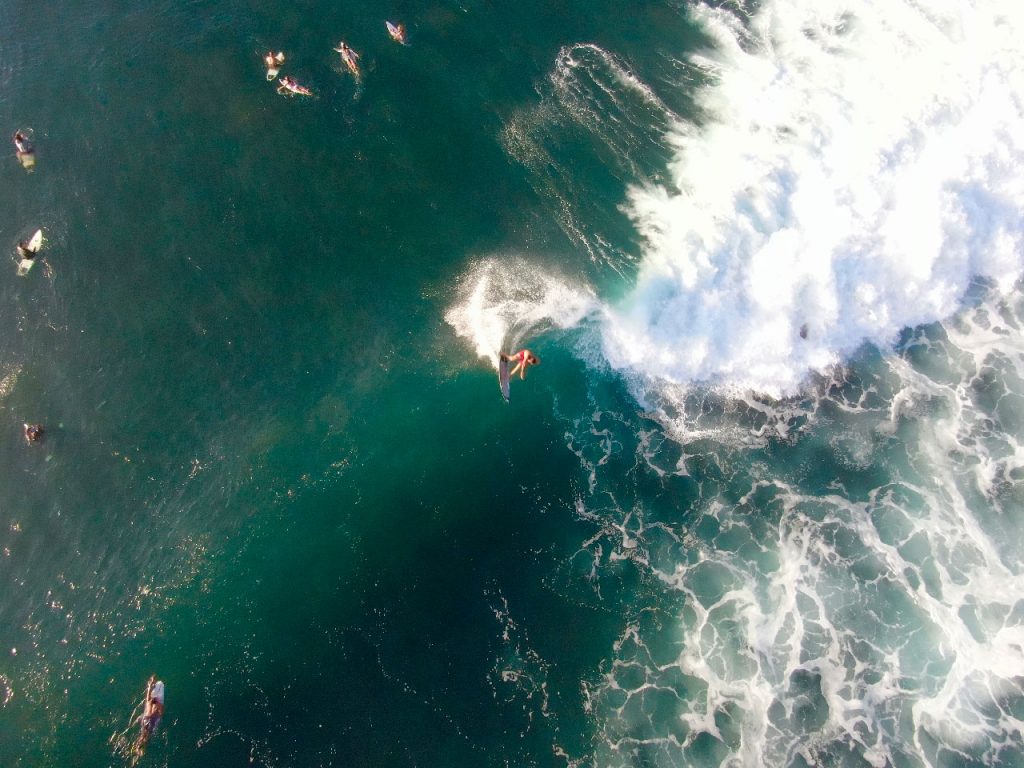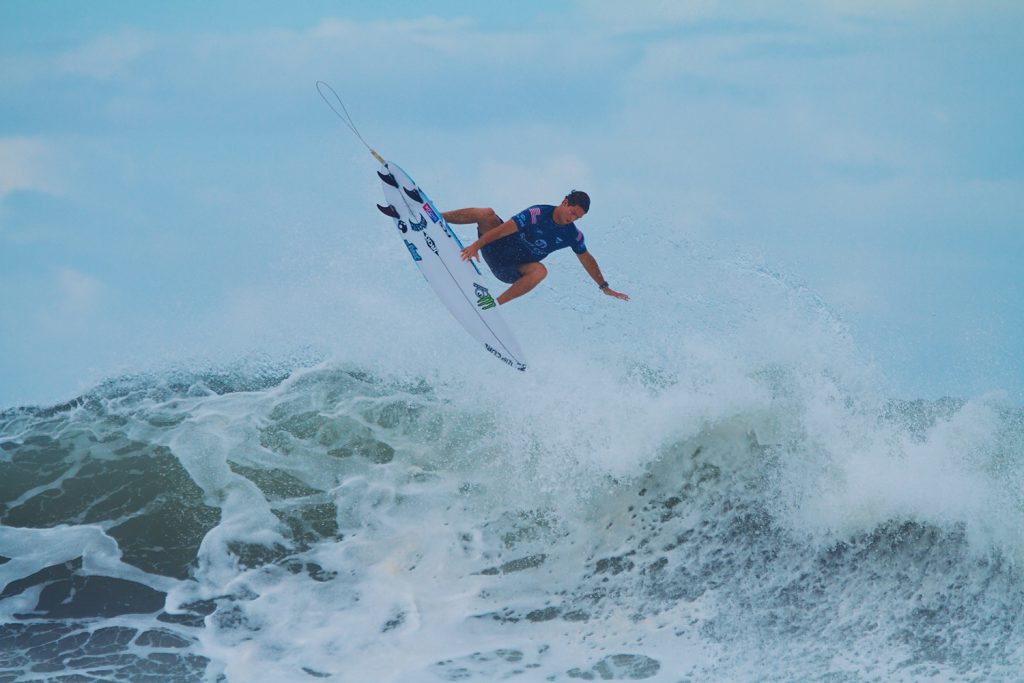No sea, no problem!
All surf lovers know the feeling of returning to surfing after a long period of inactivity. Getting up with difficulty on the board, with your arms exhausted from paddling into the waves and pain even in the bones after a few hours of surfing.
To avoid such situations, surfing must be trained, and it can be done out of the water! Although every surfer knows that the best training is actually surfing, nowadays there are thousands of ways to improve your surf skills out of the water and keep your body flexible and ready to dive into a wave at any time.
How can we achieve this? In today’s blog post, we’ll give you some ideas to get you started practicing and training surfing without the need to be near the water.
Surf skate
Surf skate is a perfect technique for beginners or intermediate surfers who want to progress quickly or change bad habits. Surf skate training allows you to practice surfing skills in a stress-free environment without relying on the natural state of the ocean; it is one of the best ways to simulate real waves out of the water. In addition, there are skateboards specifically designed to practice this exercise, also known as surf skateboards that manage to recreate (almost) the same sensations as surfing thanks to the special axis they have. One of the advantages of surf skateboarding is that it can be practiced anywhere, whether flat, inclined or downhill, so there are no limits other than those set by your imagination.

Surf Fitness
Another option to train your body before hitting the waves of Surf City is surf fitness, a combination of exercises that mix agility, strength and reflexes, and allow you to connect with the marine environment. Among these exercises, we find cross training for surfers, which allows you to mix complementary exercises that strengthen your physical and mental fitness with contact with the sea. In addition, on the other hand, RSI, (Repetitive Surf Injury) which is based on exercising muscles that surfing requires control through sports such as:
- Crossfit: Thanks to its variety of exercises, it allows to work all the muscles of the body. It is a good sport to tone muscles and get stronger.
- Yoga: In Yoga the strength is in the center of the body so all the muscles of the abdomen, internal and external obliques and the entire rectum are worked.
- Burpees: Doing burpees you can exercise all the muscles of the body, but especially the pectoral muscles and quadriceps.

Don’t forget the core!
Exercising your abs and bust are essential for surfing, they are the most important support system in surfing. So, if you want to be a rockstar on the waves, don’t forget to strengthen your torso. Luckily, there are thousands of ways and exercises you can do at home to get your sixpack in shape.
Are you a beginner?
For those who want to start in the world of surfing we have some exercises that can be very useful to be prepared for the decisive moment of entering the water.
- Practice standing up: One of the most important points in surfing is the moment of standing up in the board. At home you can recreate the moment and practice the movement to make it fast and effective.
- Elasticity: If we notice that when we stand up on the board it’s difficult to place the front foot, it may be a sign of lack of elasticity. In surfing as a sport, elasticity is key to achieve fast and safe movements that allow us not to fall off the board so easily.
- The paddle: Although many people think that this may be the easiest step… The truth is that, for many surfers, it’s not. The paddle should go at the speed of the wave you want to surf, so the bigger the wave the faster your arms should go. To practice this step at home you can simulate the movements with rubber bands supported on a vertical surface or do the exercise designed by the journalist and surf explorer Sam George with the machine called “Vasa swim trainer” a folding machine that is held by two struts and allows you to make the same movement that makes a professional surfer paddling into a wave.
- Balance: It’s clear that in order to hold on to the surfboard, you not only need a good position, but also an excellent balance. To practice it you can do it with rollers or in activities like yoga, crossfit or skating, among many others.
All set for action
We want you to be able to enjoy everything you have learned out of the water when the time comes to get into the water. To make this possible, don’t forget to familiarize yourself and prepare all the necessary material to be able to surf correctly and comfortably – this can be as important as your skills. Here we share a list of everything that should be ready for your big debut on the waves:
- The board
- Suit against rash and UVA
- The leash
- The keels
- The kerosene
- The grip
- Sunscreen
- Kerosene comb
So you see, whatever your level is, if you want to be ready for your next surfing adventure, there are no excuses, start training! As you have seen there are many ways that can adaptable to your lifestyle and needs.

Surf City El Salvador will be waiting for you to show everything you have learned out of the water. In addition, the beaches of El Tunco, El Zonte, La Libertad, El Sunzal and many more will remain open for you to practice in their waves or near them all your skills to get to enjoy quality surfing.



